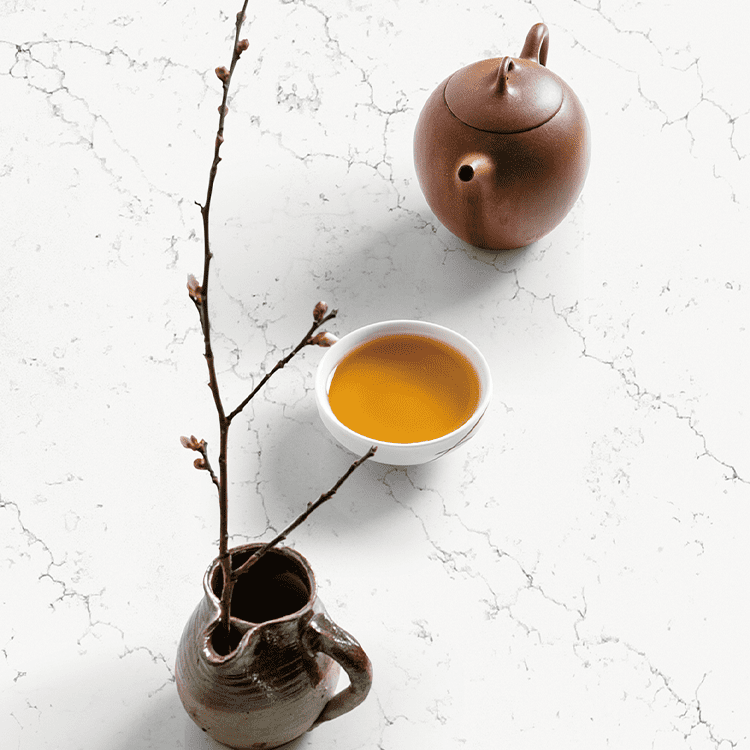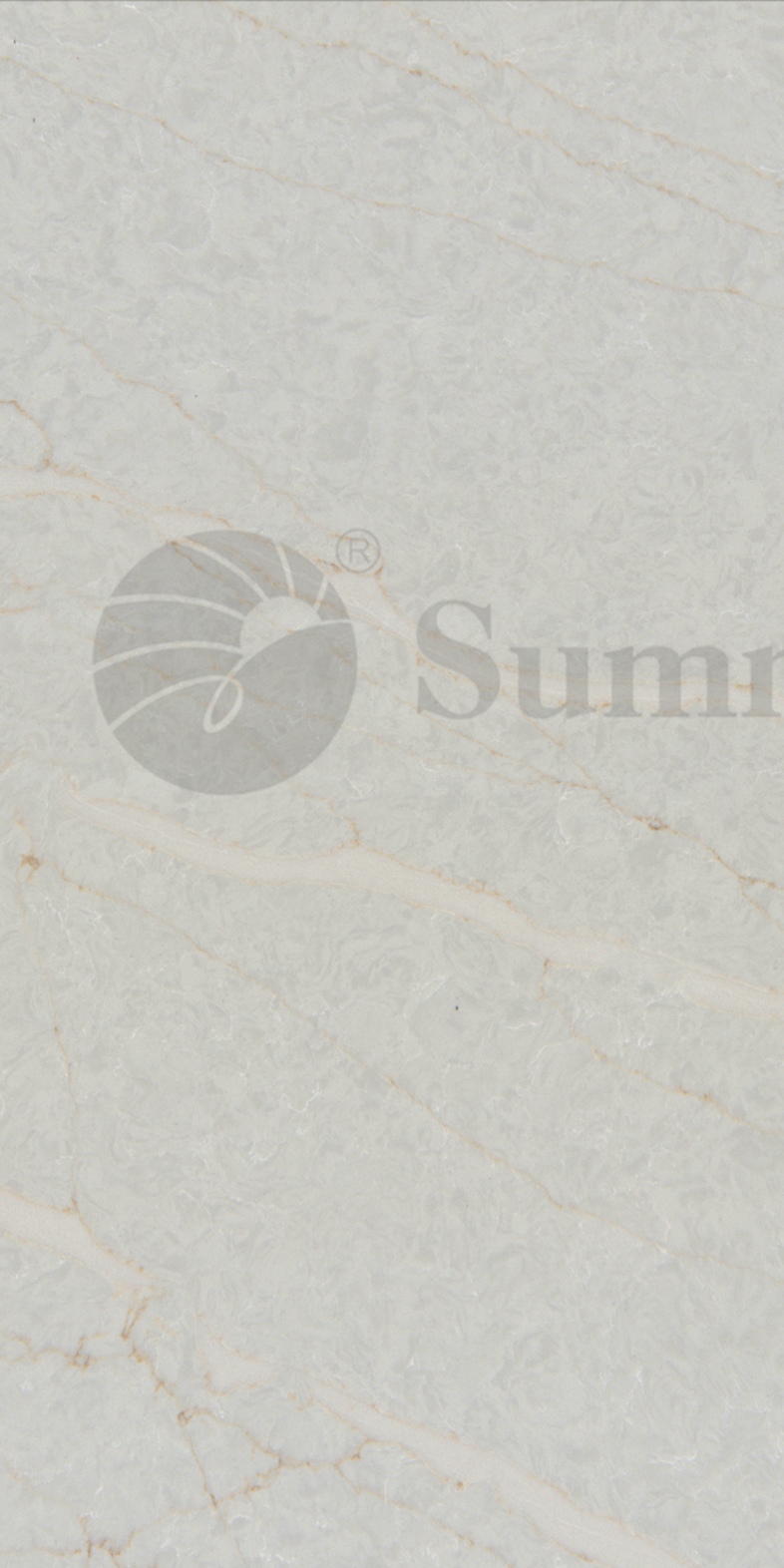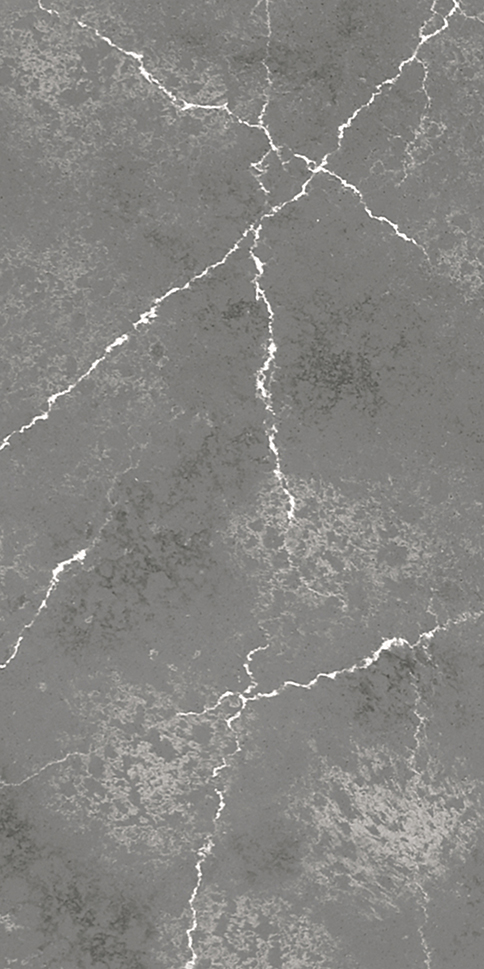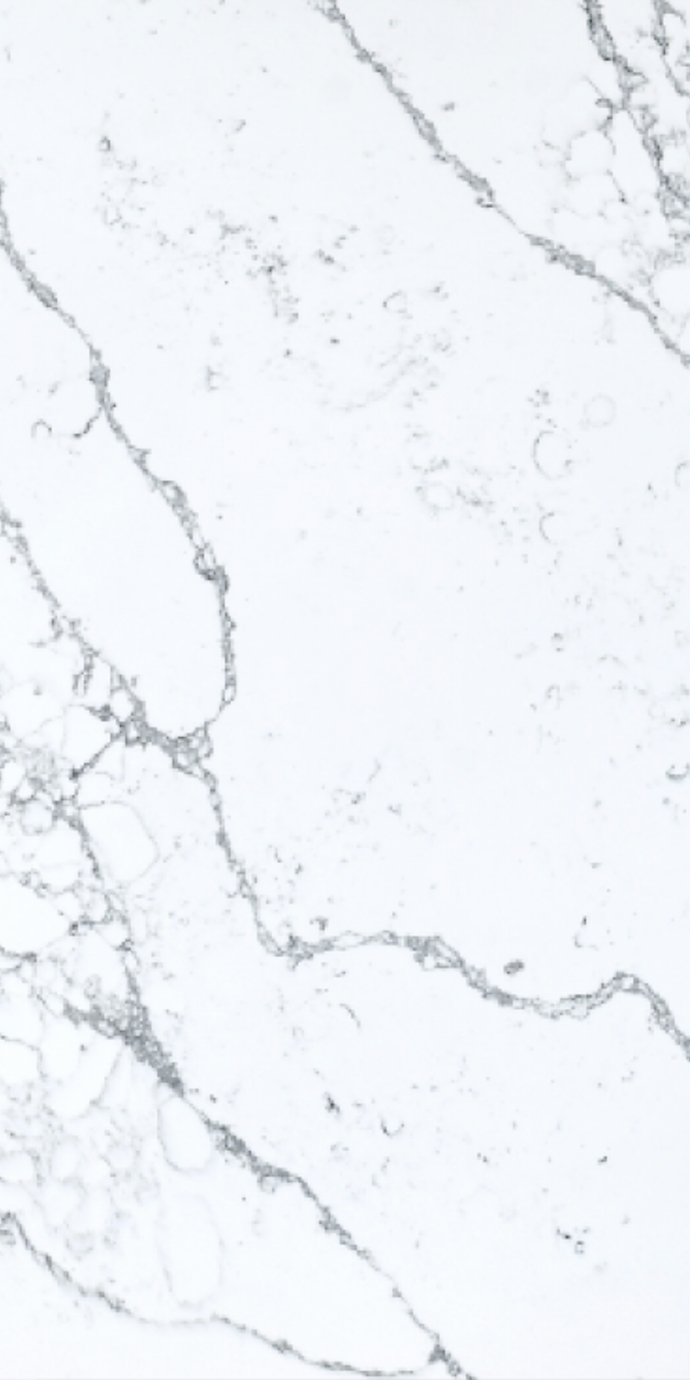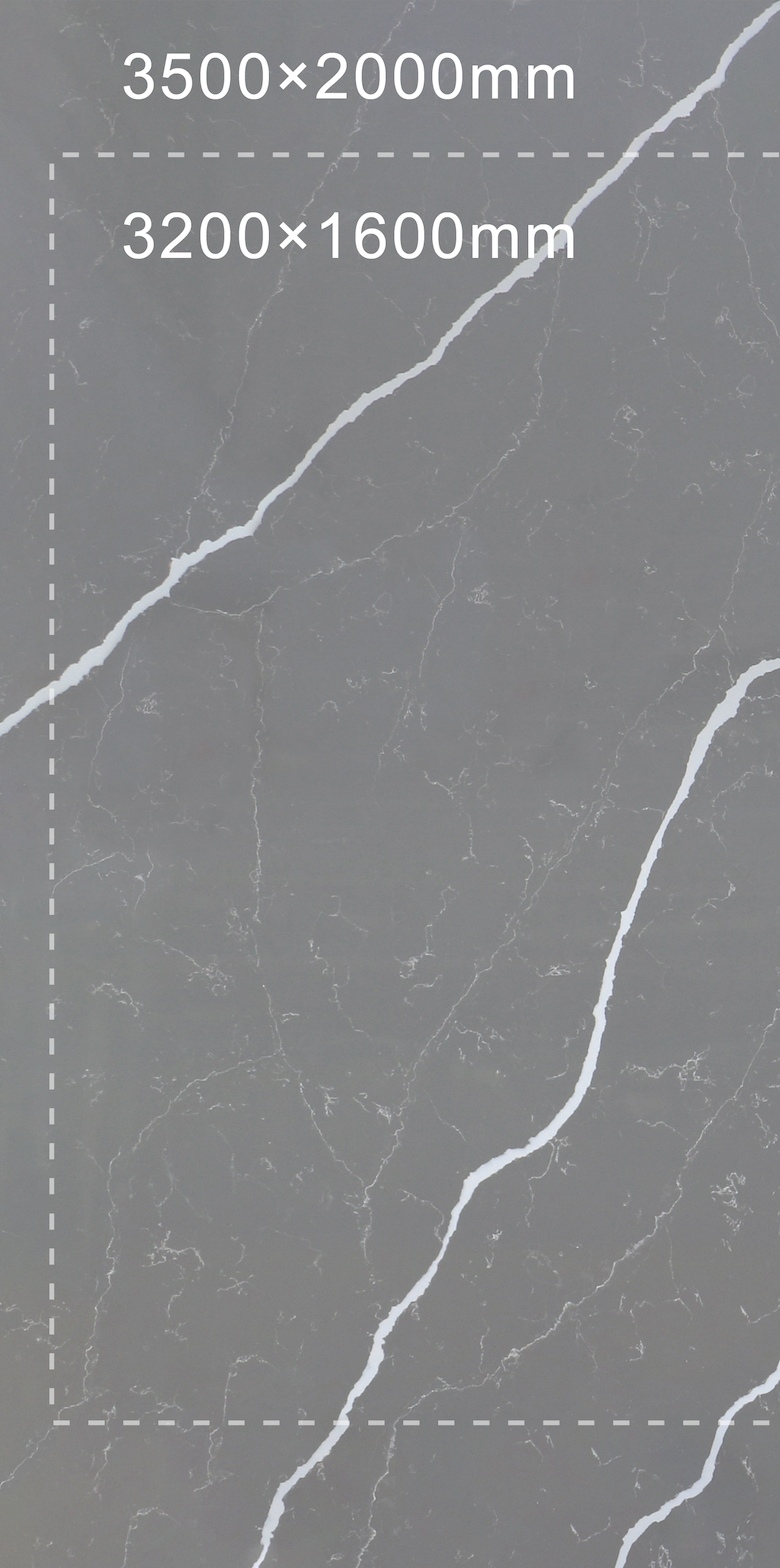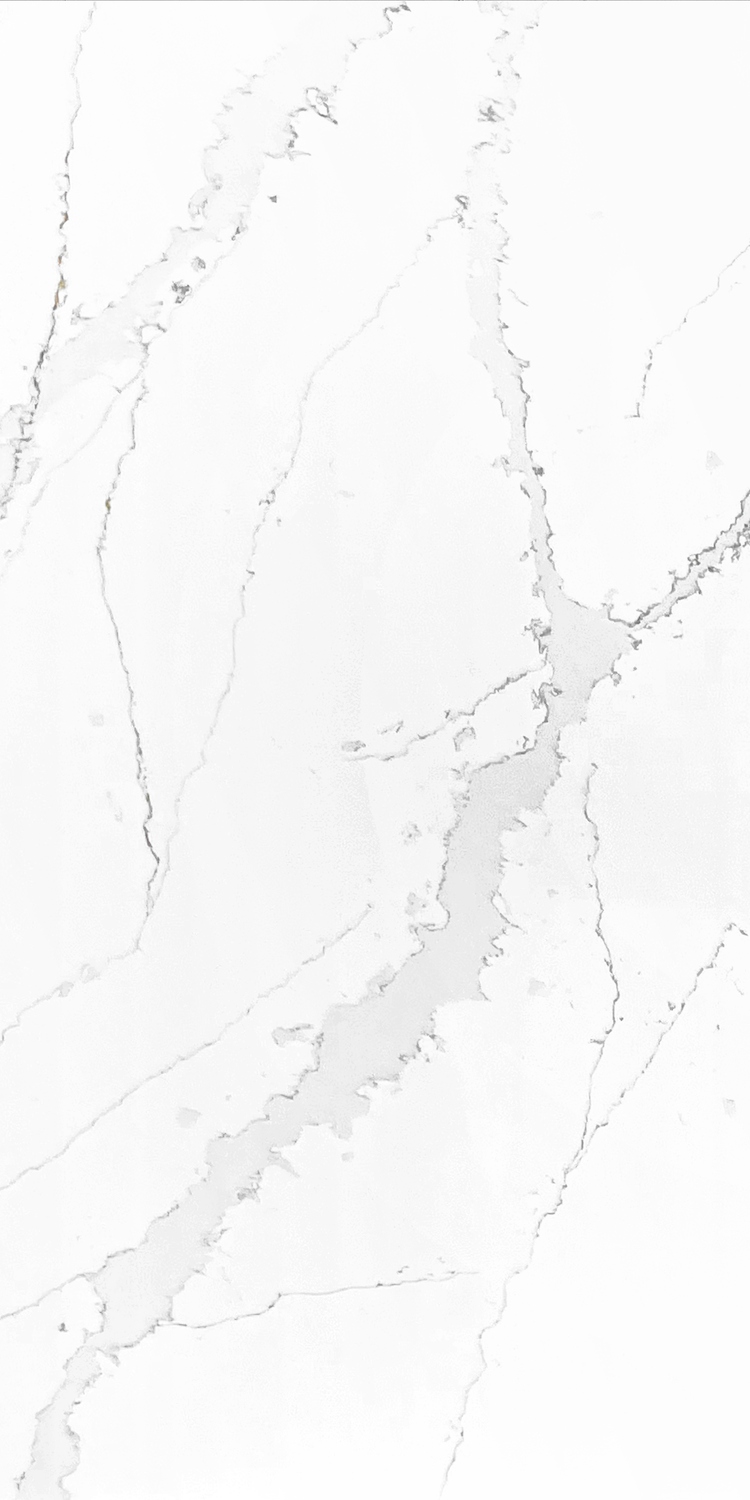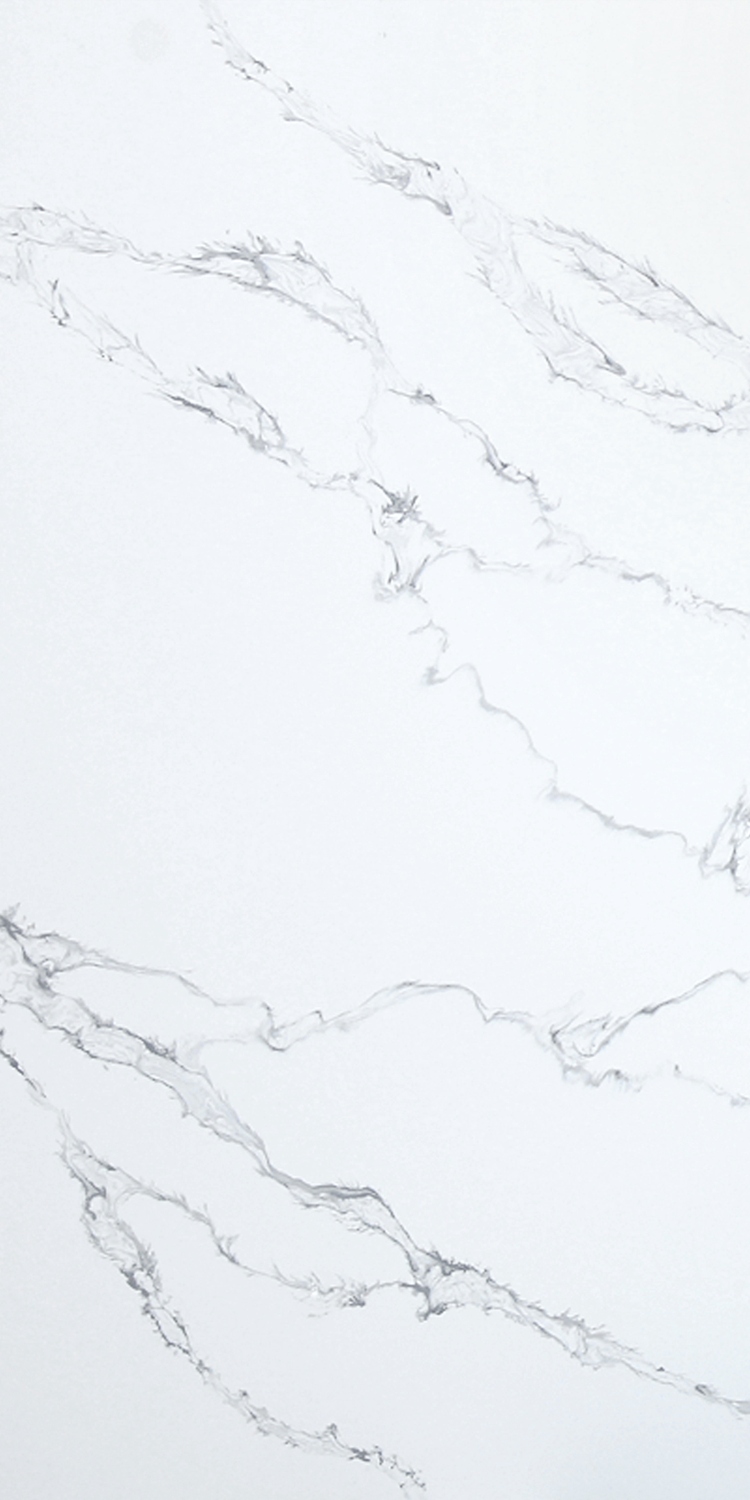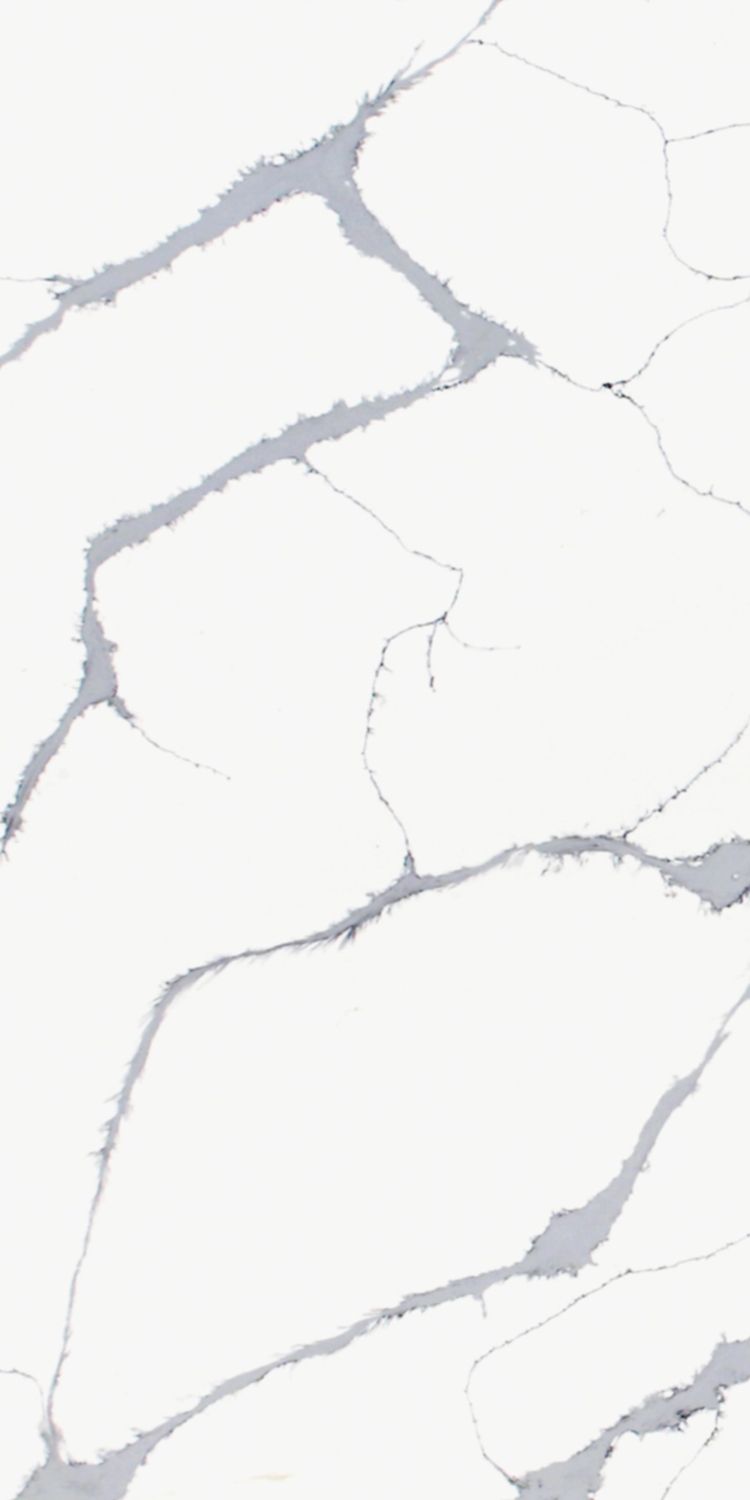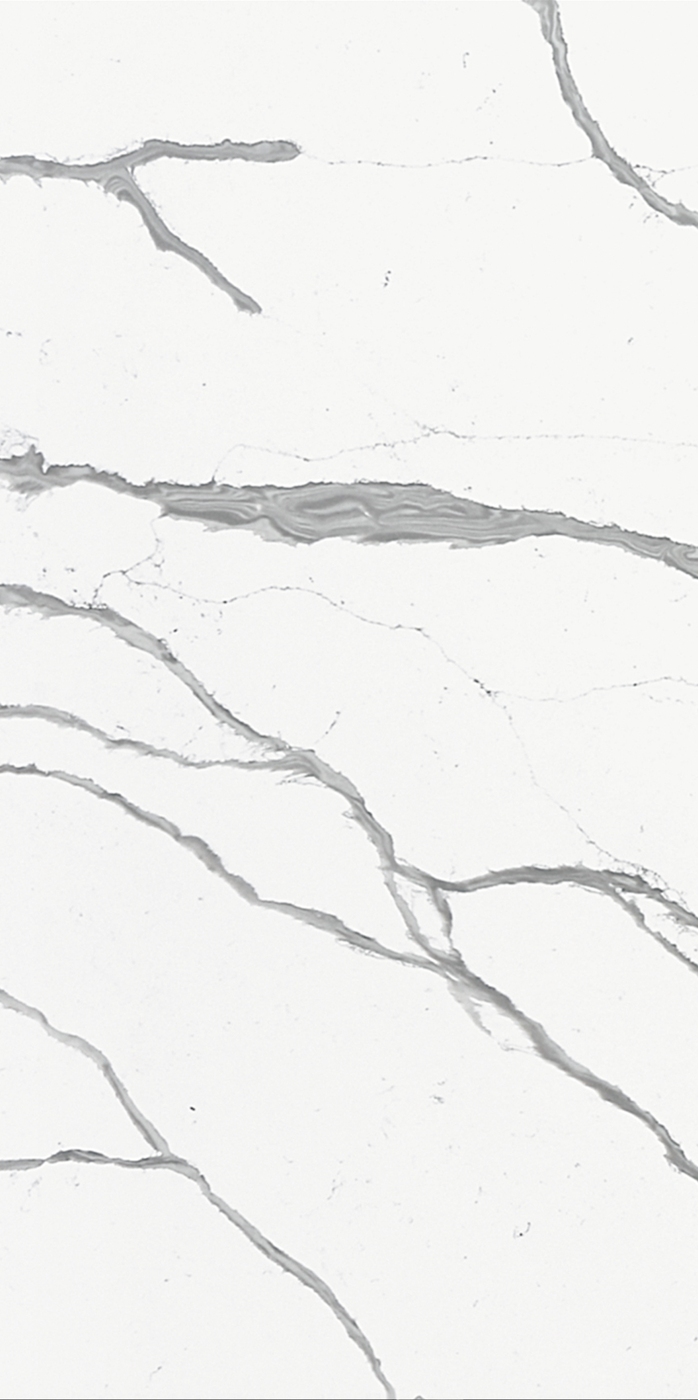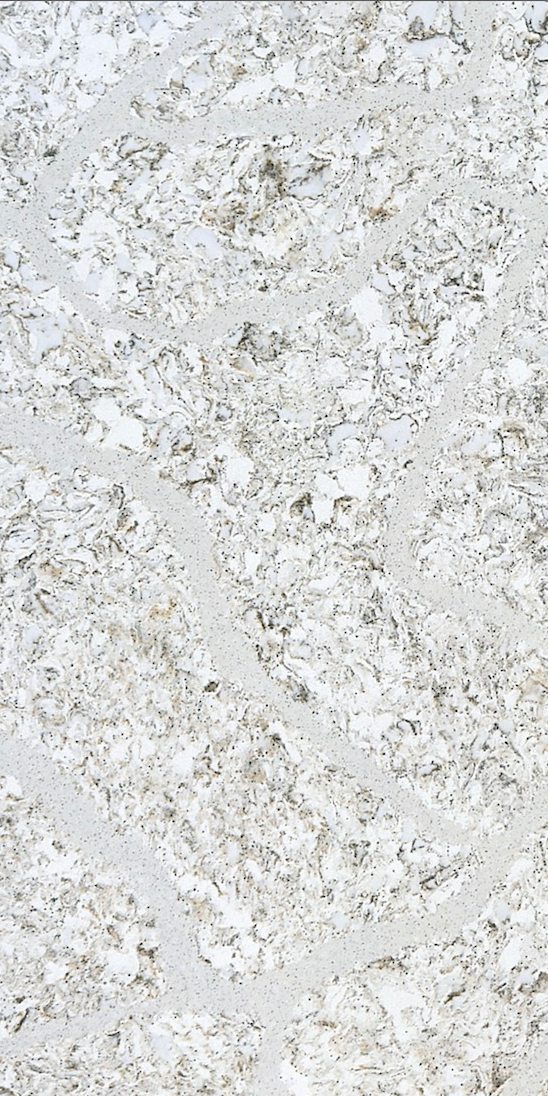Quartz stone and quartzite are two different materials, although both contain a large amount of quartz. Let’s compare them in four aspects: material, appearance, maintenance, and price.
Material
Quartz stone: It is an artificial stone made primarily by mixing over 90% quartz crystals with resin and other additives under high pressure. Due to its artificial component, quartz stone has stable physical properties, strong resistance to stains, and is scratch-resistant.
Quartzite: It is a natural stone formed through regional metamorphism from sandstone or other siliceous rocks. Composed mainly of quartz (silicon dioxide), it usually contains more than 85% quartz.
Appearance
Quartz stone: In terms of appearance, various colors and texture designs can be chosen as it is artificially produced, allowing for customization.
Quartzite: As a natural stone, each piece of quartzite has unique patterns and colors that cannot be completely duplicated. Its surface may have natural cracks or flaws, which are considered characteristics rather than defects of the stone.
Maintenance
Quartz stone: Maintenance is relatively simple, requiring only a damp cloth for cleaning. For stubborn stains, non-abrasive cleaners can be used. Due to its wear resistance and anti-pollution properties, quartz stone is less likely to be damaged during daily use.
Quartzite: Similarly, regular cleaning is necessary to maintain its luster. Although harder than quartz stone, it is not as wear-resistant. Therefore, it is important to be cautious and avoid scratching the surface with hard objects, as well as preventing corrosion from acidic or alkaline substances.
Price
Quartz stone: The price varies depending on factors such as brand, quality, and whether it is imported or not. Domestically produced quartz stone ranges from several hundred yuan to thousands of yuan per square meter, with genuine products starting at around 1000 yuan per linear meter.
Quartzite Prices are lower, ranging from about 30 to 50 Chinese Yuan per square meter. However, specific prices may be influenced by market demand, supply conditions, and processing costs.
In summary, the major difference between quartz stone and quartzite lies in their origin—one is artificial while the other is natural. This also leads to differences in their appearance options, physical properties, and prices. Quartz stone is widely used in kitchen countertops due to its stable performance and ease of maintenance, while quartzite is used in decoration and construction applications for its unique natural beauty.

